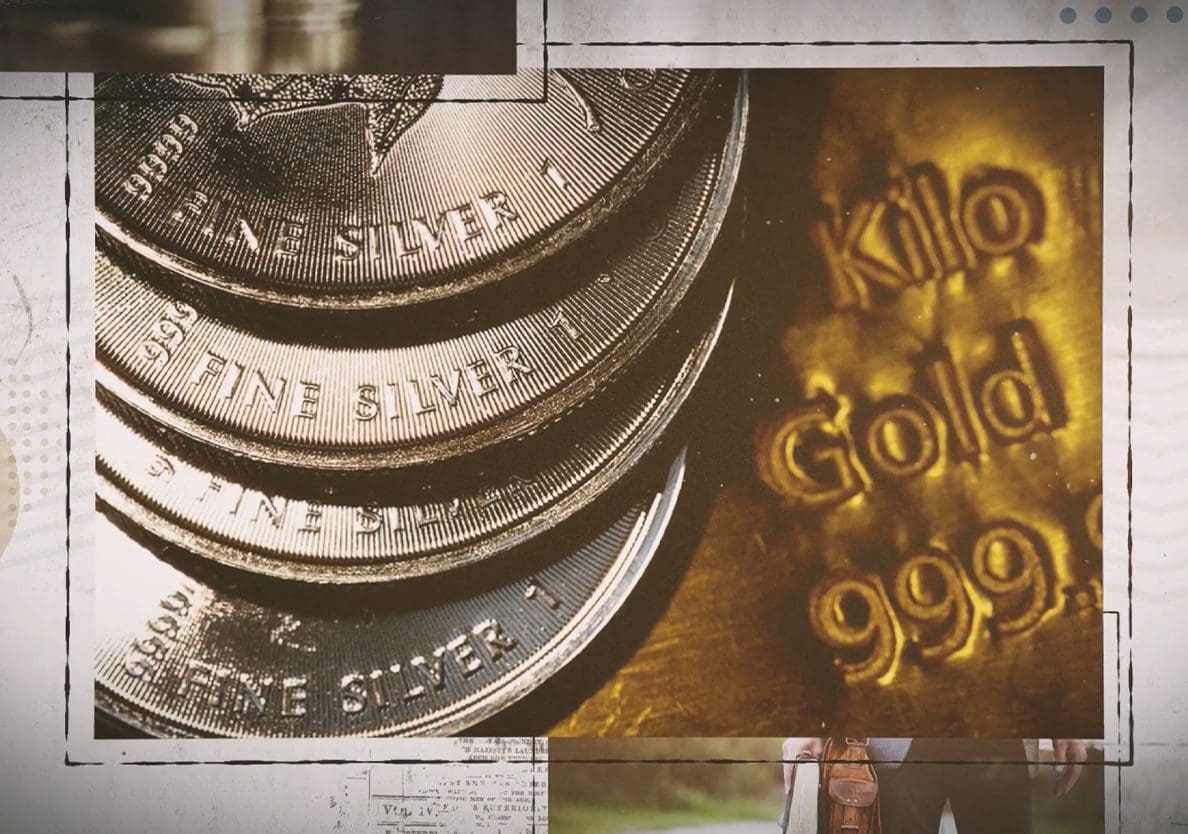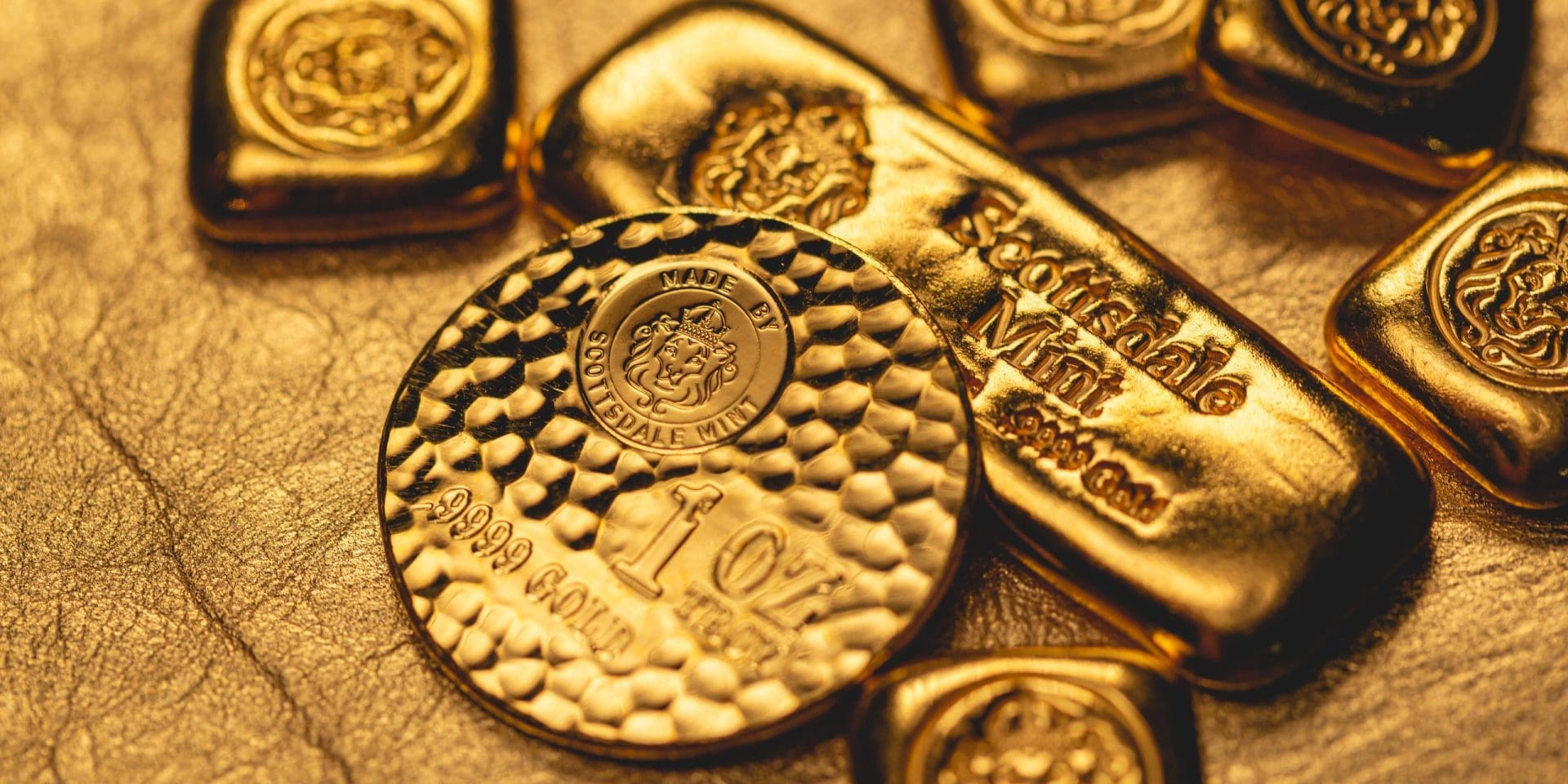Although the Bible proclaims to be God’s flawless word, there appears to be a major discrepancy between the parallel accounts of 2 Samuel 24 and 1 Chronicles 21. In 2 Samuel 24:24 David pays a man “fifty shekels of silver” for his “threshing floor and the oxen”—which he repurposes into an altar for a sacrifice unto the Lord. But then, in 1 Chronicles 21:25 it says that David paid this same man “six hundred shekels of gold…for the place.” So according to Samuel, David paid only fifty shekels of silver, but Chronicles said he paid six hundred shekels of gold—two very different sums of money.
“At these values, David’s fifty silver shekels would equal $30 while six hundred gold shekels would be worth about $4,800.”
While there are various opinions regarding the modern value of ancient shekels, The Illustrated Bible Dictionary conservatively estimates that the silver shekel was worth only about sixty cents, while the gold shekel was worth about eight dollars.[1] At these values, David’s fifty silver shekels would equal $30 while six hundred gold shekels would be worth about $4,800. Others put a higher rate on the shekels valuing the fifty silver shekels at around $1,000 and the six-hundred gold shekels close to $600,000.[2] Whatever the actual values may be one thing is for certain. Samuel and Chronicles present vastly different sums. So, how do we “settle up” with such a dramatic discrepancy?


While many liberal scholars and skeptics accuse the Chronicler of purposely inflating the price, a closer look at these passages reveals that there is absolutely no miscalculation in the Biblical text whatsoever. Pay close attention to the details. Samuel says that David paid fifty silver shekels for the threshing floor and the oxen. But Chronicles says that David paid six hundred gold shekels for the place. The reason that each passage gives a different sum of money is because each passage records a separate purchase. The 50 shekels reported in Samuel only paid for the threshing floor and oxen (which was a small area of land only about 30 by 60 ft.)[3] but the 600 shekels in Chronicles was the purchase price for the entire property (which was a much larger area).[4] This conclusion is confirmed only a few verses later in 1 Chronicles 22:1 which explains that David had bought the land with the intent of building the temple on it. And based on the dimensions of the temple given in 2 Chronicles 3:3-4 this land had to be at minimum 10,000 square feet.[5]
Thus, there is no mistake. David purchased the threshing floor and oxen for 50 silver shekels plus the entire site for 600 gold shekels.

Ryan Hembree is a daily co-host, speaker, and writer of Bible Discovery. He also hosts a YouTube channel that shows the unity of the Bible and how science and Scripture fit together. Ryan also has an honorary Masters of Ministry in Creation Science from Phoenix University of Theology.
[1] George W. Knight, The Illustrated Bible Dictionary, 2005, Shekel, P.299.
[2] Kyle Runge, Demolishing Supposed Bible Contradictions, P.73, Ken Ham, Bodie Hodge & Tim Chaffey general editors.
[3] As John MacArthur notes in The John MacArthur Study Bible, “The threshing floor of Ornan is today believed to be the very flat rock under the Moslem mosque, the Dome of the Rock, inside the temple ground in Jerusalem.”
[4] NKJV New Spirit-Filled Life Bible, Note on 1 Chronicles 21:25.
[5] For a more in-depth look see Kyle Runge, Demolishing Supposed Bible Contradictions, P.74, Ken Ham, Bodie Hodge & Tim Chaffey general editors.







In samuel: David paid for only the Alta but in chronicles he paid for the whole site